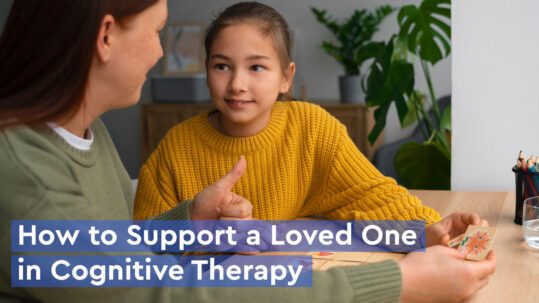Are You Using Telepractice to Treat Aphasia?
If you answered no, then you may want to consider doing so to help you and your patient with aphasia get the most out of therapy.
Why?
It has been scientifically proven that treatment intensity and duration are the key ingredients to improving cognitive function, especially language for people with aphasia. Physical medicine and rehabilitation therapists apply these same principles to occupational and physical therapy for stroke patients. Telepractice therapy for aphasia is successful because it increases the accessibility for both the therapist and patient. This is important because many patients with aphasia also have physical limitations as a result of their stroke, which limits their ability to travel on-site for aphasia therapy.
How?
Telepractice is a method of therapy that allows therapists and patients with aphasia to access therapeutic material either synchronously (together with a therapist) or asynchronously (without the therapist active at the same time). Synchronous or asynchronous delivery of aphasia therapy can be done using a combination of telecommunication technology and digital cognitive therapy tools. Sometimes, a therapist may use a combination of both of these methods of telepractice delivered aphasia therapy.
Are these methods approved by any organization?
It has been scientifically proven that treatment intensity and duration are the key ingredients to improving cognitive function, especially language for people with aphasia. Physical medicine and rehabilitation therapists apply these same principles to occupational and physical therapy for stroke patients.telepractice therapy for aphasia is successful because it increases the accessibility for both the therapist and patient. This is important because many patients with aphasia also have physical limitations as a result of their stroke, which limits their ability to travel on-site for aphasia therapy.
Conclusion
Telepractice therapy for aphasia is effective and is backed by science. Much research has been conducted on the efficacy of using synchronous or asynchronous methods of telepractice aphasia therapy (Cherney, Kayes, & Hitch, 2011). Both methods have been deemed acceptable by ASHA as long as the quality of service given is consistent with the quality of services given via face-to-face methods. Being able to provide telepractice aphasia therapy benefits both the therapist and the patient with aphasia by allowing the therapist to provide needed therapy and for the client to be able to receive therapy from anywhere.








